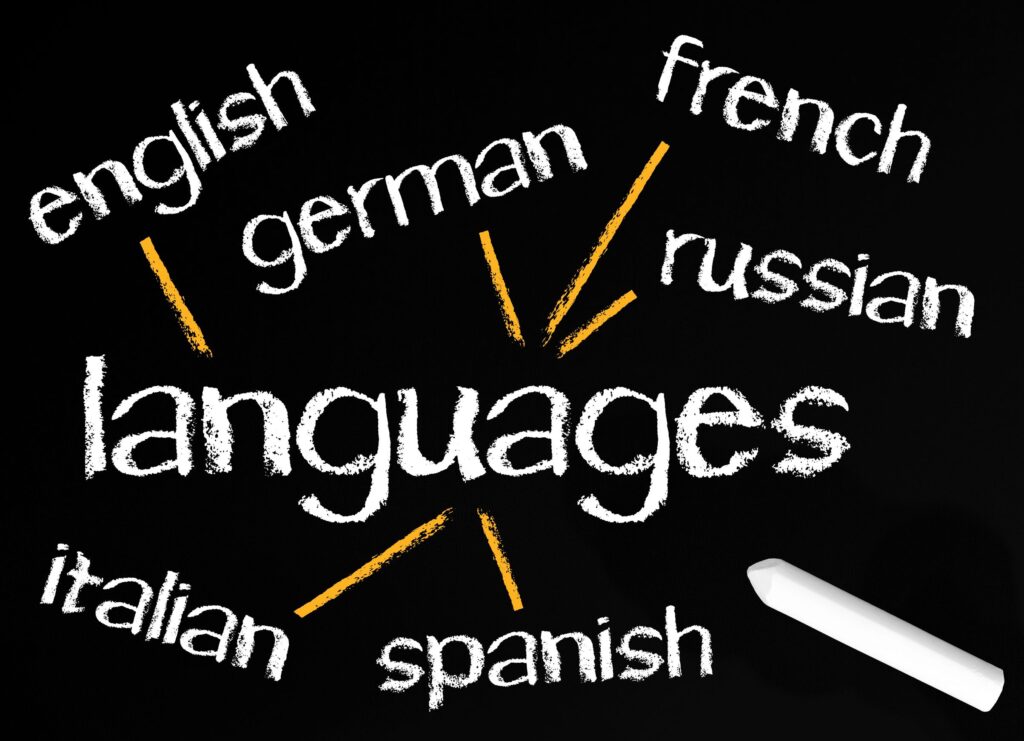What is an English-based creole and is it an authentic language?
Creole languages are vernacular languages that advanced in colonial European settlements in the 17th and 18th centuries as a consequence of the interaction between groups that spoke jointly unintelligible languages. Creole languages most often arose in colonies near the coasts of the Atlantic Ocean or the Indian Ocean. Omissions include Brazil, where no creole appeared, and Cape Verde and the Lesser Antilles, where creoles were established in slave sidings rather than on plantations.
The term `Creole’ was originally made up in Iberian colonies, seemingly in the sixteenth century, in reference to nonindigenous people born in the American colonies. It was implemented in Spanish, then in French and later in English by the early seventeenth century. By the second half, it was widespread to descendants of Africans or Europeans born in Romance colonies. The use differed from one colony to another. The term was also used as an adjective to describe plants, animals, and customs typical of the same colonies.
Top 10 countries that use English-Based Creole Languages
- Jamaica. It has the most wide-ranging and longest-standing literature and the broadest media and artistic usage of the diversities of Caribbean English creole and is the most completely studied. The wide appeal of Jamaican music, DUB poetry, and Rastafarian religion have spread the vernacular throughout the Caribbean region as a wide practice of folk speech. Its impact is significant in the UK, where it controls other varieties of West Indian vernacular and has been a major factor in the evolution of British Black English.
- Guyana. Guyanese Creole, more often referred to as Creoles by its native speakers, is the mother tongue of the majority of the over 700,000 inhabitants of the Republic of Guyana in the northeast part of South America. It is a broadly used vernacular language variety that co-exists with Standard Guyanese English, the only official language of the country, a variety which is normally learnt through formal schooling. Furthermore, it is spoken by other Guyanese who live in communities across the world. This is the native language of the bulky majority of the 700,000 inhabitants of Guyana. It is also the one that is often used to indicate national identity, notably among the large Guyanese immigrants in the USA, Canada and the UK.
- The Bahamas. The creole spoken in the Bahamas today was introduced at the end of the eighteenth century; it was brought by free blacks and the slaves of supporter North Americans, who had supported the British Crown throughout the American Revolutionary War and–after the Treaty of Versailles in1783–left the newly independent United States.
- Grenada. Grenadian Creole English is the Creole language spoken in Grenada. This too it was brought by free blacks and the slaves of loyalist North Americans, who had supported the British Crown during the American Revolutionary War and–after the Treaty of Versailles in 1783.
- Saint Vincent and the Grenadines. Vincentian Creole is an English-based creole language spoken in Saint Vincent and the Grenadines. It has elements of Spanish, Antillean Creole, and numerous Iberian Romance languages. It has also been influenced by the indigenous Kalinago/Garifuna elements and by the African language brought over the Atlantic Ocean by way of the slave trade. Over the years the creole has changed to be a mix of all of those languages.
- Costa Rica. Limonese Creole, in Costa Rica, is the language spoken by an Afro-Costarican minority of approximately 55,000 people who have lived in a predominantly white and Spanish-speaking Central American country for more than 400 years. The Limon Province, where this group is located, is particularly contrary to the rest of the nation in terms of its geography, history, population, and economy.
- Antigua and Barbuda. Leeward Caribbean Creole English is an English-based creole language made up of numerous varieties spoken in the Leeward Islands, Antigua and Barbuda, Saint Kitts and Nevis and the British territories of Anguilla and Montserrat. It emerged during the 18th century as an English-Lexifier Creole. While it thus accepted many structures of the English language everything from the creole’s dictionary to its phonology imitates Antigua’s more colourful history.
- Dominica. The country of Dominica, a small island in the eastern Caribbean, is trying to preserve their unique version of the Creole language. These languages were moulded when Africans assorted their mother languages with those of their European enslavers and indigenous peoples. The languages then evolved over the years.
- Saint Kitts and Nevis. Saint Kitts Creole is a dialect of Leeward Caribbean Creole English spoken in Saint Kitts and Nevis by around 40,000 people. Saint Kitts Creole has somewhat the same history as other English Caribbean creoles. Its origin goes back to 17th-century enslaved West Africans, who, when brought to the islands to work on sugar plantations, were enforced to learn British English quickly because their labour demanded it.
- Trinidad and Tobago. Just as other Caribbean English-based creoles, Trinidadian English Creole has a vocabulary derived from English. Spanish, Portuguese, a number of African languages (especially Yoruba), Chinese (mainly Cantonese, with some Hakka, and now Mandarin), Trinidadian Hindustani, Tamil, and other South Asian languages have also influenced the language.
Our professional language translators and interpreters are waiting for you.
Whenever you need precise and accurate document translations or language interpreters, we are ready for you. At eTranslation Services, you will get professional and high-quality translations and interpretations from our native-speaking translators anywhere you are in the world. Contact us for your translation or interpretation projects via email at [email protected] or call us at (800) 882-6058.



